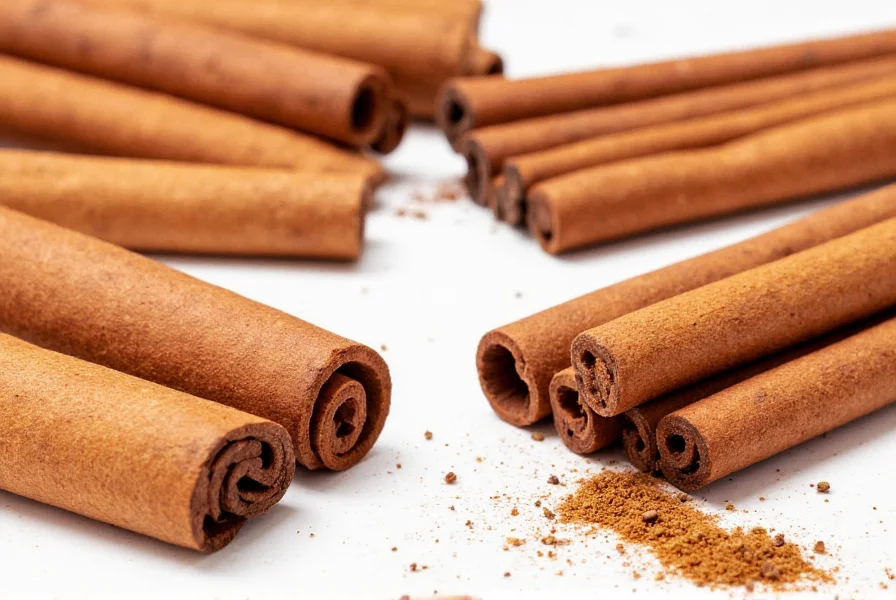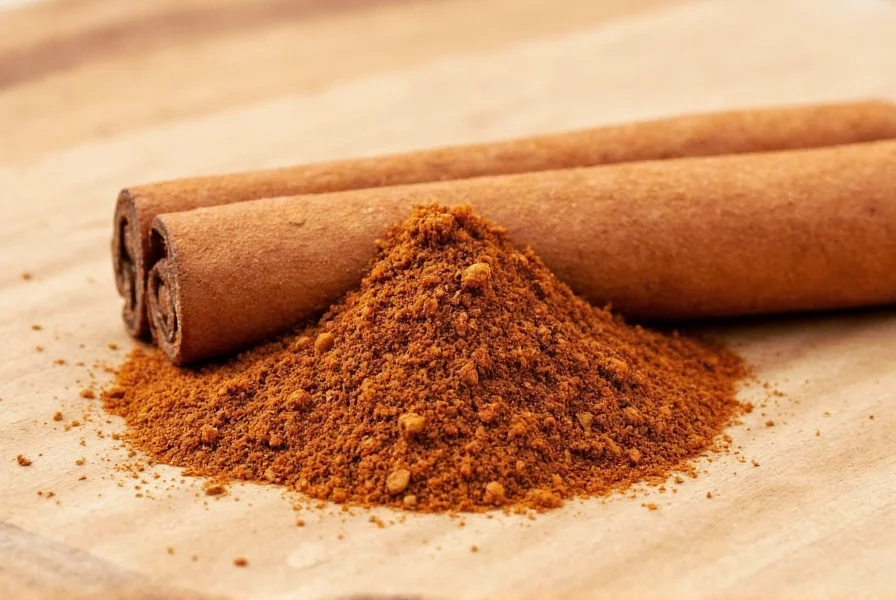Table of Contents
Introduction to Ceylon and Cassia Cinnamon
Understanding the difference between Ceylon and Cassia cinnamon is essential for health and culinary purposes. Ceylon cinnamon, often called 'true cinnamon,' is milder and safer for daily use due to low coumarin levels, while Cassia cinnamon is stronger but contains higher coumarin, which can be harmful in large amounts. This guide explains key differences and how to choose the right type for your needs.
Key Differences Between Ceylon and Cassia Cinnamon
Both varieties come from the Cinnamomum genus but differ significantly in origin, flavor, and safety. Health authorities, including the U.S. Food and Drug Administration (FDA), warn that high coumarin in Cassia may cause liver damage in sensitive individuals. Here's a clear comparison:
| Feature | Ceylon Cinnamon | Cassia Cinnamon |
|---|---|---|
| Origin | Sri Lanka | Indonesia, China, Vietnam |
| Flavor | Milder, sweeter, more aromatic | Bolder, spicier, slightly bitter |
| Texture | Thin, curling layers | Thicker, harder sticks |
| Color | Light brown with a delicate appearance | Darker, almost reddish-brown |
| Health Impact | Typically <0.1% coumarin (safe for daily use) | Up to 5% coumarin (use in moderation) |


Practical Tips for Using Both Types
Use these tips to optimize your cooking and health routines based on cinnamon type:
- For Baking: Ceylon cinnamon works best in delicate pastries like apple pie or gingerbread for its subtle sweetness.
- For Spiced Drinks: Cassia cinnamon enhances coffee, chai, or mulled wine with its bold flavor.
- For Blood Sugar Management: Ceylon cinnamon is recommended by health experts for daily use in smoothies or oatmeal due to its low coumarin content.
- For Savory Dishes: Add a pinch of Ceylon cinnamon to stews or meat rubs for complex warmth without overpowering.

Buying Guide: How to Choose the Right Cinnamon
Many products are mislabeled as 'cinnamon' without specifying type. Follow these steps to ensure quality:
- Check Labels: Look for 'Ceylon cinnamon' or 'Cinnamomum verum' for safer, low-coumarin options. Avoid vague terms like 'regular cinnamon'.
- Verify Origin: True Ceylon comes from Sri Lanka; Cassia is typically from Indonesia, China, or Vietnam.
- Inspect Physical Traits: Ceylon sticks are thin, papery, and easily curled; Cassia sticks are thick, rigid, and break when bent.
- Seek Certification: Choose organic-certified products for purity, especially for health-focused use.
For blood sugar control or daily consumption, prioritize Ceylon cinnamon. Cassia is acceptable for occasional use in strong-flavored recipes but should be limited to 1-2 teaspoons per day to avoid coumarin risks.
Conclusion
Ceylon and Cassia cinnamon serve different purposes in the kitchen and health routines. Ceylon's low coumarin content makes it ideal for daily use, especially for blood sugar management, while Cassia provides bold flavor for hearty dishes but requires moderation. Always check labels for specific type and origin to ensure safety and quality. For health-sensitive individuals, consulting a nutritionist before regular cinnamon use is advised.










 浙公网安备
33010002000092号
浙公网安备
33010002000092号 浙B2-20120091-4
浙B2-20120091-4